Integration and a Purpose-Filled Corporate Culture
How can a company create a resilient and high-functioning culture as we emerge from the shadow of the Coronavirus? My research of successful companies has uncovered a shift towards an open, diverse, collaborative network within and outside the company. These resilient cultures all have one thing in common—they are all moving towards a sustainable agenda; they are becoming companies of purpose and they are immersed in the concept of integration.
Leaders face a high level of complexity, huge technological advancements, and global issues that cannot be ignored. For me, it’s about integration. Here’s why:
* Integration broadens thinking beyond the intellect to include emotional intelligence, social intelligence and even the use of artificial intelligence. I believe this integrated mentality moves leaders beyond reliance on just facts and towards the road that includes and values creative, compassionate approaches. We must look at the bottom line AND we must use all forms of intellect to run our companies and care about and listen to employees—one way of thinking is not dominant. This integrated mentality is about business wisdom versus business intelligence and long-term success defined in new ways.
*Integration to approach projects from the blend of systems thinking and life-cycle analysis. How do I make my products or offer my services with this integrated approach? What materials am I using and why? Do I know the life cycle and environmental impact of these materials? What resources am I using and how can I be savvy in my resource use? Integration in approach looks to the effect the business can have, years after the final product is produced or service is offered.
*Integration of ideas within the company that results in continuous innovation. Integrating ideas means companies encourages a forward-thinking view of the various roads to innovate and it means that companies cannot be internally absorbed with their current strategy—they must integrate new thought, new technology. Blockbuster didn’t go digital. They were self-focused and didn’t integrate technological changes before them into their business model. It was too late for them to innovate. In addition, we can look at examples such as Kodak, run by experienced Kodak managers. Kodak did not fail because it missed the digital age. It actually invented the first digital camera in 1975 and actually held digital patents. However, instead of marketing the new technology, the company held back for fear of hurting its lucrative film business, even after digital products were reshaping the market. They were replaced by companies that realized the future was digital and would basically replace film technology.
* Integration of a diverse staff at all levels within the company and external stakeholders. Companies should be making inquiries constantly to their stakeholders and listening to their suggestions and responses. Many of these stakeholders can help to move the company towards purpose and encouraging a sustainability (TBL) mindset.
*Integration to restructure corporate functioning to address a less hierarchical and more team-based approach within the company. How can we create cross-functioning teams and how can we reduce management lines and levels to enhance integration. There is much new research on this concept of team-based companies that rely on their own knowledge of their positions and the tasks before them. This integration can seem risky to established companies with titled directors but there are exciting examples of how this level of integration creates highly functioning self-leading teams.
*Integrate PURPOSE. Companies need a “wake up call” to purpose and a road map to become a “purpose driven” company. Purpose-driven companies have internal alignment and external brand awareness set to “purpose.” Their success is measured in the sweet spot between the profits they produce and their alignment to purpose.
What happens to companies that have integrated the concepts above? These forward-thinking leaders, employees, customers and suppliers not only understand but create a culture focused on purpose. It becomes clear that this integrated approach opens up a creative approach and pathway to operating. Companies to begin to examine and find creative solutions to the huge environmental and social problems they face—climate change, resource shortages, social issues. And all around are the seamless cadre of people on all levels— integrating their work, their intellects, their innovative ideas, their teams--working together and following their north star—the purpose behind the company. They become an excited, energized workforce and management team that do more than make a product or service—they make a future for themselves, their children and grandchildren. That is their definition of success.
